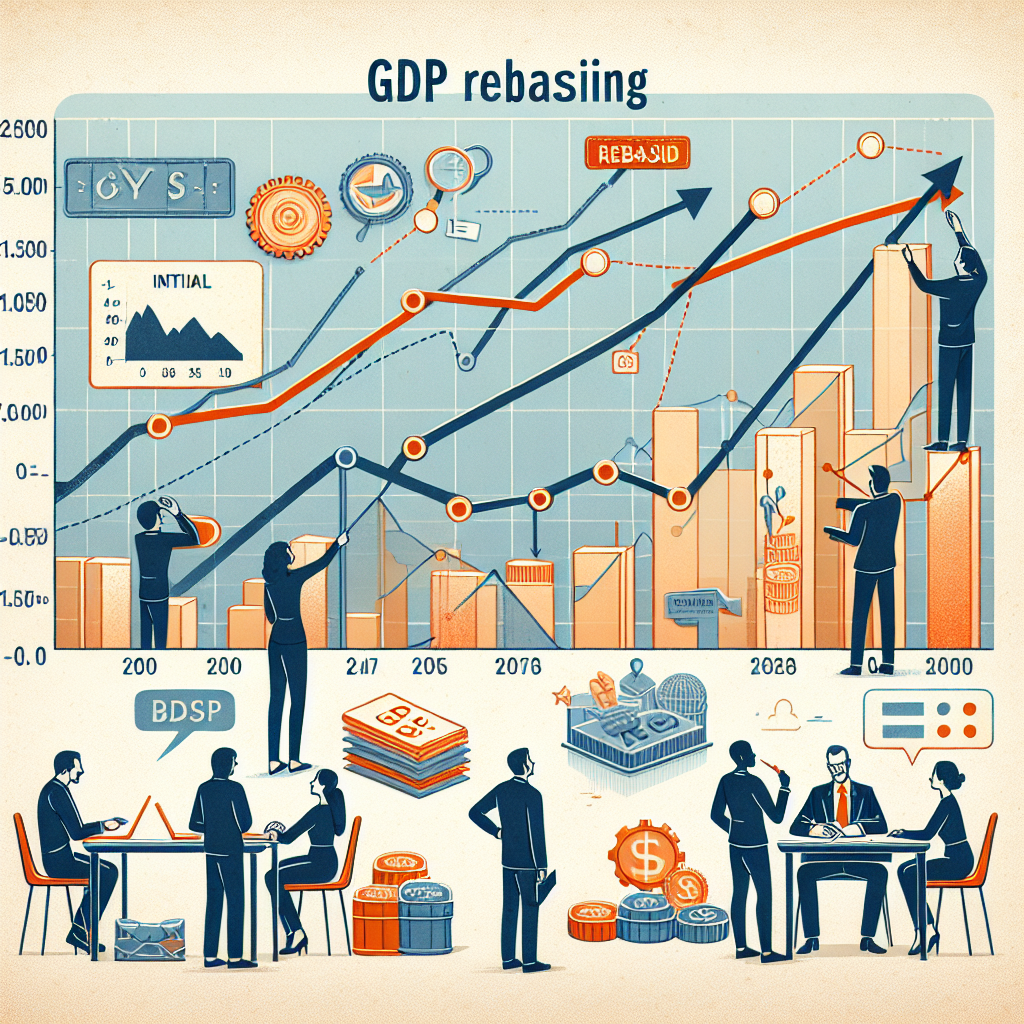U.S. GDP Growth: A Tale of Tariffs and Trade
The U.S. GDP saw an unexpected 3% rise in the second quarter, largely due to decreased imports rather than increased economic health. Economists highlight the distorting effects of trade policies, urging attention on final domestic sales. Federal Reserve maintains steady interest rates amidst anticipated moderate growth.

In a surprising twist, U.S. economic growth rebounded with a 3% annualized increase in the second quarter, driven primarily by a reduction in imports. However, this growth may not accurately reflect the economy's overall health, according to data from the Commerce Department's Bureau of Economic Analysis.
Economists point to the distorting effects of trade policies, underlining that the recent upswing is mainly due to shifts in import patterns, influenced by President Donald Trump's protectionist measures. Many experts recommend focusing on final sales to private domestic purchasers for a clearer picture of underlying growth.
Despite the short-term GDP boost, economists predict moderate economic growth in the latter half of the year. They note that, while the White House has announced several trade deals, the U.S. maintains a high tariff rate, affecting many imports. The Federal Reserve is expected to hold interest rates steady at their current levels, following a series of previous cuts.
(With inputs from agencies.)
ALSO READ
Japanese Prime Minister Shigeru Ishiba to stay on to tackle challenges such as US tariffs despite election loss, reports AP.
Impact of US Tariffs on Italy's Economy: A Looming Concern
Trump Administration Eyes Federal Reserve Overhaul
Scrutinizing the Federal Reserve: A Call for Institutional Review
Treasury Secretary Bessent Calls for Federal Reserve Review Amid Trump's Criticisms










